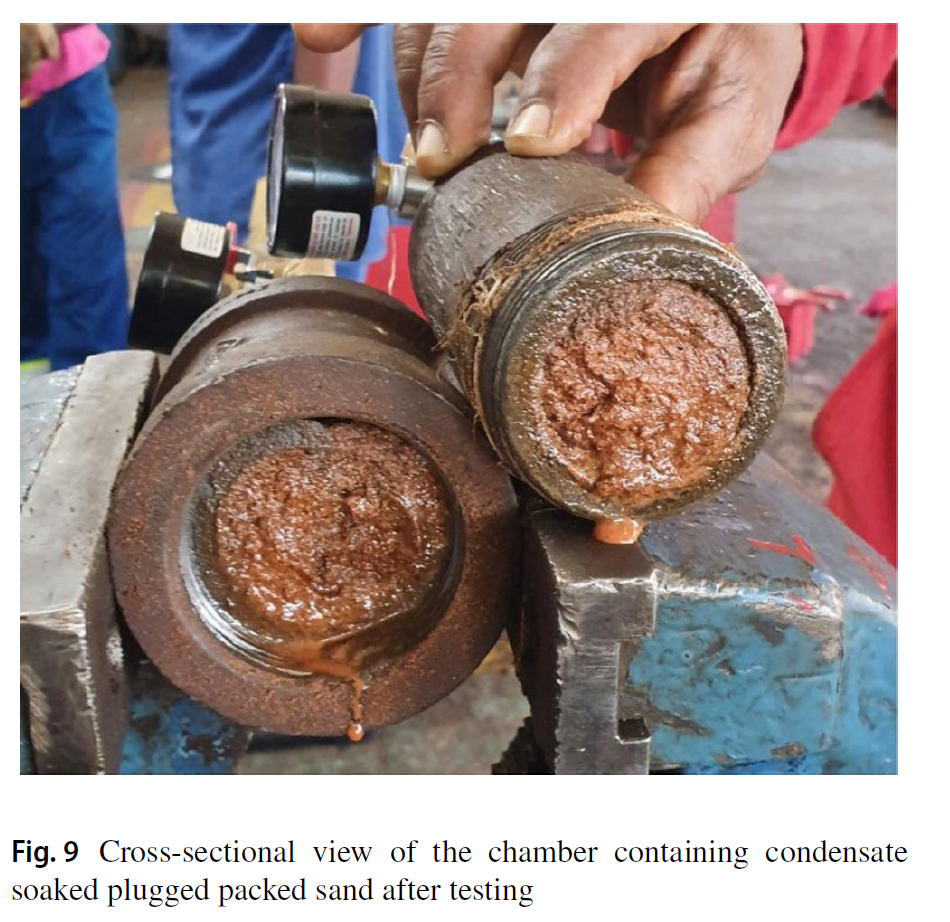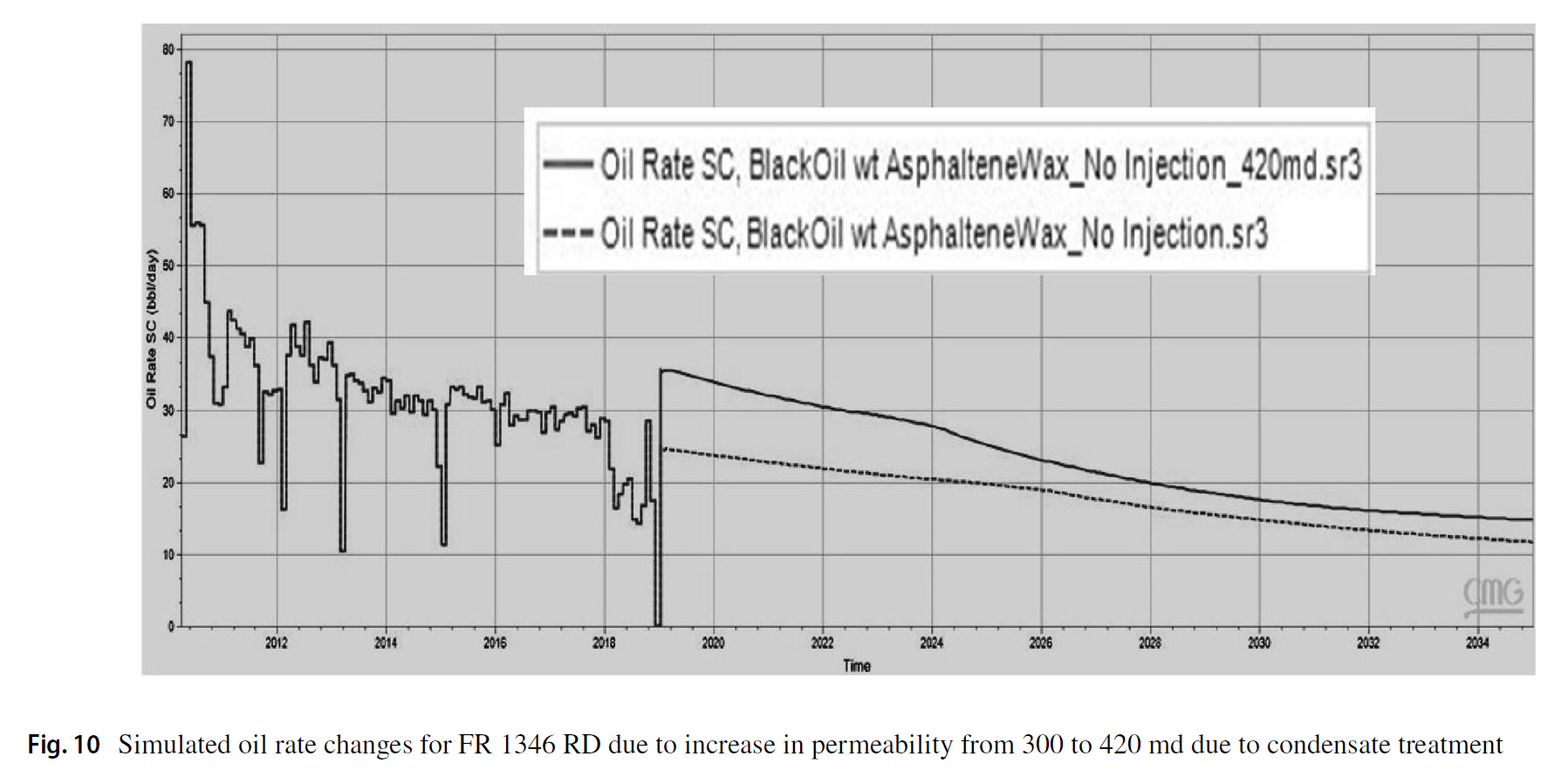Utilization of produced condensate for enhanced oil recovery: a case study for the forest reserve field in Trinidad
Abstract
The current global economic trends of low commodity prices for hydrocarbons, competition due to the emergence of shale oil and gas, as well as the decline in production from mature oilfields in Trinidad and Tobago (TT) have fuelled the need for the implementation of efficient and enhanced oil recovery methods. Of particular concern locally is the issue of decreasing oil production and increasing production costs in mature oil fields due to the prevalence of organic deposits (paraffin or asphaltenes), which results in the coating of production tubing causing the plugging of surface equipment, pipelines, perforations and pore spaces in the geological formation. Major deposition compound paraffins and asphaltene are soluble in condensate, which is relatively cheap and is produced as a by-product and flared in TT, and it is already used as a pipeline diluent and cleaner for deposits. The strategy of utilizing this “waste” solvent as an economical and environmentally friendly strategy for EOR was worth investigation. The FR 1346 RD well was selected for evaluation, and a pilot test was conducted using the compositional reservoir simulation model (CMG–GEM).
Laboratory studies were conducted using a constructed pressure permeability flow chamber, and results from the device indicated that an asphaltene plug decreased the permeability by approximately 24%, but after treatment with condensate, there was an improvement in permeability of approximately 10% (300 md to 420 md). Tuning of the simulation model incorporating the laboratory-derived permeability data resulted in an increase in production rate to 35 bopd, which matched very closely with the field pilot well test result of an increase of 46% (from 20 to 39 bopd) when the condensate soak was performed. This increase translated in an overall gain of 30,531 bbls of oil associated with a financial gain of approximately $4.7 MM TT per well over the 16-year period. Injection types including condensate, carbon dioxide and nitrogen yielded the production of the same order. This study offers compelling evidence that the use of produced condensate in EOR is an economically and environmentally friendly strategy in TT.
Keywords Condensate · EOR · Asphaltenes · Paraffins · Permeability
特立尼达和多巴哥大学






